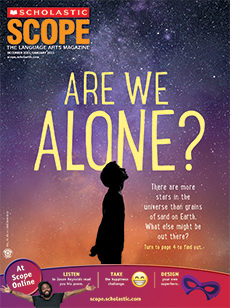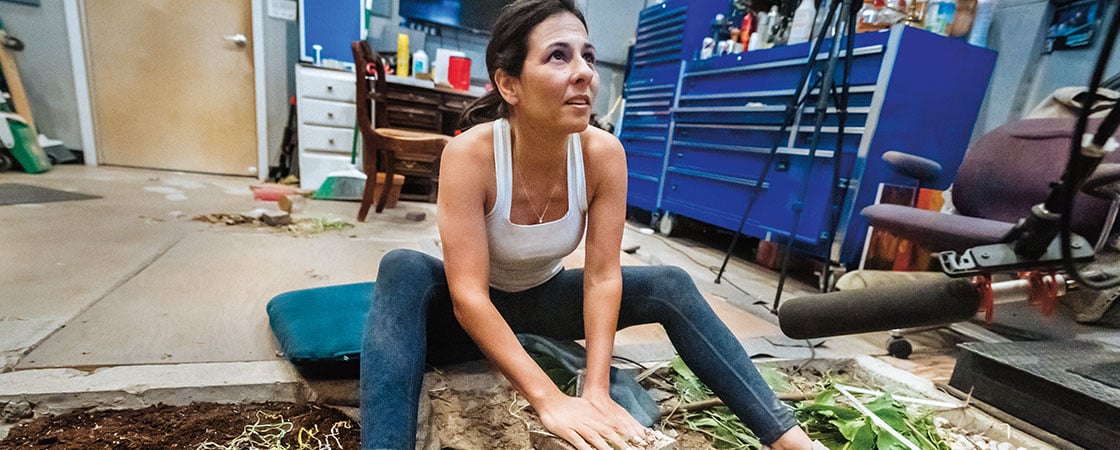The next time you watch a movie, close your eyes and listen. What do you hear? Characters talking? Music playing? Listen closely and you’ll hear other sounds too—the crunch of footsteps on snow, the sloshing of soup in a bowl, the flapping of a superhero’s cape in the wind.
You might think these noises are captured during filming. Turns out, they’re not. Instead, they are made in a studio by skilled artists—artists like Sanaa Kelley.
Kelley is what is known as a Foley artist, and it’s her job to create the sounds that bring TV shows and movies to life. She squishes pineapples to mimic the slurp of a zombie scooping out an eyeball. She runs her nails over pine cones to imitate the patter of bugs skittering across a floor. She squeezes wet fabric to create the squoosh of stepping in thick mud.
Why are Foley artists needed? During filming, microphones don’t always pick up background sounds, and sometimes the sounds they do pick up are too quiet. So Foley artists re-create sounds to match what is happening on-screen. Later, an editor adds the sounds to the film so that they synchronize with the action. Without Foley artists like Kelley, watching a movie would be a very different—and much quieter—experience.

